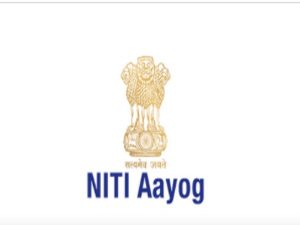Presumptive Taxation:

NITI Aayog, in its first Tax Policy Working Paper (2025), proposed an optional presumptive taxation regime for foreign firms to reduce litigation, simplify compliance, and bring certainty on Permanent Establishment (PE) disputes.
- Taxation based on a fixed deemed profit percentage of gross receipts, instead of detailed profit attribution through transfer pricing or functional analysis.
- Aim is to Provide certainty, reduce litigation, simplify compliance, and secure predictable revenue.
- It is Already applied in shipping (Sec. 44B), oil & gas services (44BB), airlines (44BBA), and small businesses (44AD/44ADA).
- Litigation-heavy regime : PE disputes take over a decade to resolve (e.g., Hyatt International 2025).
- Ambiguity in rules : Broad interpretation of “business connection” and Significant Economic Presence (SEP) deters investment.
- Retrospective taxation legacy : Vodafone-type cases damaged India’s image.
- Industry-specific deemed profit rates (e.g., 10% for EPC, 15% for marketing, 20% for services, 30% for digital/e-commerce).
- Firms can opt in, or opt out and file regular returns if actual profits are lower.
- If presumptive scheme is chosen, tax authorities will not separately litigate PE existence.
- Reduced need for audits and complex books; compliance burden minimized.
- Optional nature ensures alignment with DTAAs.
- Presumptive Taxation is based on a fixed deemed profit percentage of gross receipts, instead of detailed profit attribution through transfer pricing or functional analysis. Aim is to Provide certainty, reduce litigation, simplify compliance, and secure predictable revenue. Already applied in shipping (Sec. 44B), oil & gas services (44BB), airlines (44BBA), and small businesses (44AD/44ADA).




